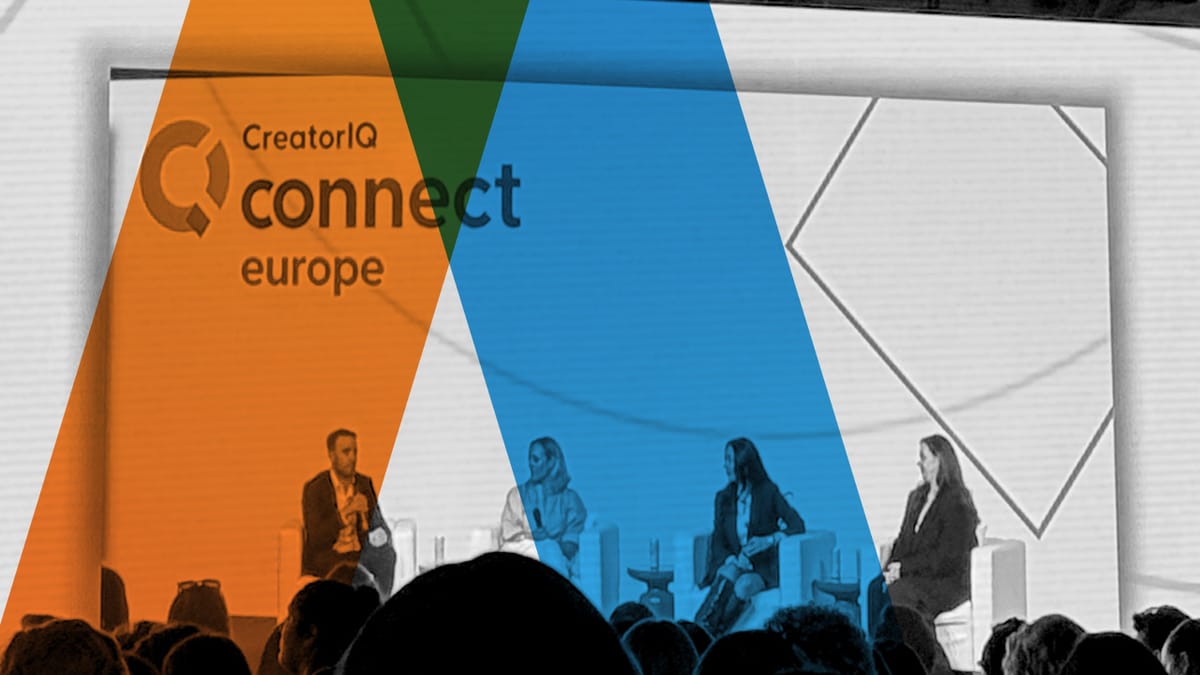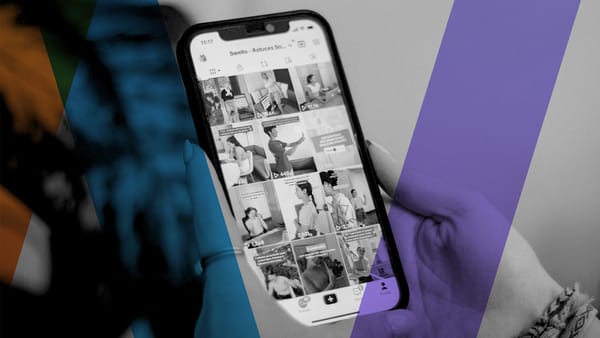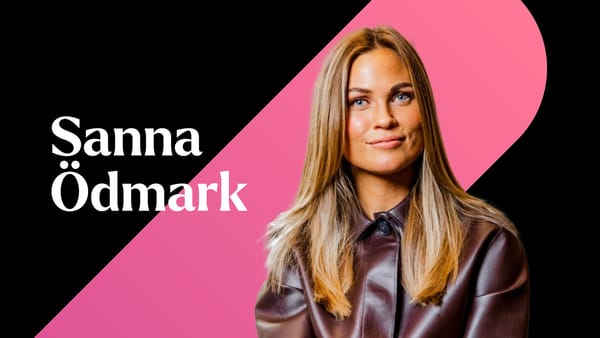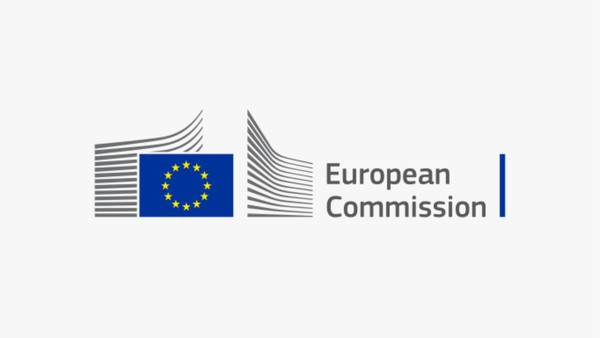At Creator IQ Connect Europe last week, an all-star panel of beauty leaders from global brands like DECIEM, ghd, and Huda Beauty shared powerful insights into how they balance global consistency with local relevance. Speaking openly about the challenges of scaling brand identity across regions, they unpacked strategies for staying culturally connected, building trust with creators, and learning from local markets.
Local relevance starts with listening
For Sara Staniford, former GM of Huda Beauty, authenticity begins with respecting a brand’s bold personality while making sure it fits the moment. “Huda is such a powerful and fearless brand. It’s really about not dulling that down, but picking those really culturally relevant moments to expand and shout about it,” she said.
Lizi Aston, Senior Director of Global Communications and Collaborations at DECIEM, emphasised the importance of earned media and grassroots community-building. “We start building communities years in advance before we launch in the markets,” she shared. “We use Reddit and TikTok to find out what the concerns are. If we don’t have a solution to that consumer, then we’re not doing our job.”
She offered a striking example from DECIEM’s India launch in 2022, where local consumer concerns about skin congestion and under-eye circles led the brand to pivot away from its planned best sellers and focus on more relevant products. “It’s very much like listening. We sit in the DMs. We sit in the captions.”
Empowering local teams and creators
Mary Shiels, Global Communications Director at ghd, echoed the importance of empowering regional voices. “Put trust in your local teams. They are the experts in what’s culturally trending in their region,” she said. This trust extends to the influencers ghd works with. “We work with over 10,000 creators every year. The most important thing for us is authenticity and long-term partnerships, not just commercial deals.”
For Aston, creators are more than just brand messengers. “They’re our cultural translators. They know their audience way better than any central brand ever will,” she said. She then explained how DECIEM provides the essence of its message, then gives creators the freedom to adapt it for their own audiences.
Staniford described one of Huda’s successful activations in Milan, where Huda Beauty had little engagement and had used a tiered approach to creators. “We brought in A, B, and C-tier influencers from across Europe and made sure every touchpoint felt really personal. Everyone got to experience the same space, take the same pictures, it felt equal and special.”
Global consistency vs local adaptation
Global consistency remains a priority, but it doesn’t mean being inflexible. Shiels explained ghd’s rollout process: “Everyone must launch with the global assets first, for the first few weeks. Then, we allow markets to adapt with local creators and relevant messaging. But the core brand voice always comes first.”
Staniford highlighted the importance of open communication between global and local teams. “The global team knows the brand, and the local team knows the market. You need to keep conversations flowing and take feedback seriously on both sides.”
Aston added that feedback loops are crucial. “Regions need to tell global what didn’t work. One pitfall is assuming that a really strong local campaign will scale globally. We launched an egg campaign in the US recently; it made sense there, but wouldn’t work in Australia. Those are what we call energy moments, and they sit outside the brand calendar.”
The campaign Aston was referring to was The Ordinary Eggs campaign, where the company sold eggs at $3 during a price rise in New York. She noted the regional relevance of the campaign, which would have only been successful and meaningful in a place where eggs were being sold for an extortionate amount.
The future of beauty is cultural and conscious
Looking ahead, the panellists pointed to fast-moving UK trends and growing European focus on sustainability as key forces shaping beauty narratives.
“The UK is so quick to pick up and drop trends,” said Staniford. “You have to be reactive but also mindful. Don’t build a whole strategy around a micro-trend that disappears in a week.”
Shiels and Aston noted that in markets like France and Germany, sustainability is now a prerequisite. “Consumers and creators don’t want to work with brands that don’t have a clear sustainability strategy,” Shiels said. Aston added that even major retailers like Sephora are prioritising purpose over flashy campaigns: “They want the sustainability story, not just the creative face.”
Final advice for global expansion
The session wrapped with some valuable advice for brands seeking global expansion without losing their local soul. Aston summed it up: “Don’t lose your values. If it’s not a hell yeah, it’s a no. Let creators tell your story and obsess over your first thousand fans. Word of mouth is still one of the best marketing tactics out there.”
In a digital age where beauty is personal and context matters, these leaders are proving that listening, adapting, and staying true to purpose is not just good marketing, it’s essential brand behaviour.








